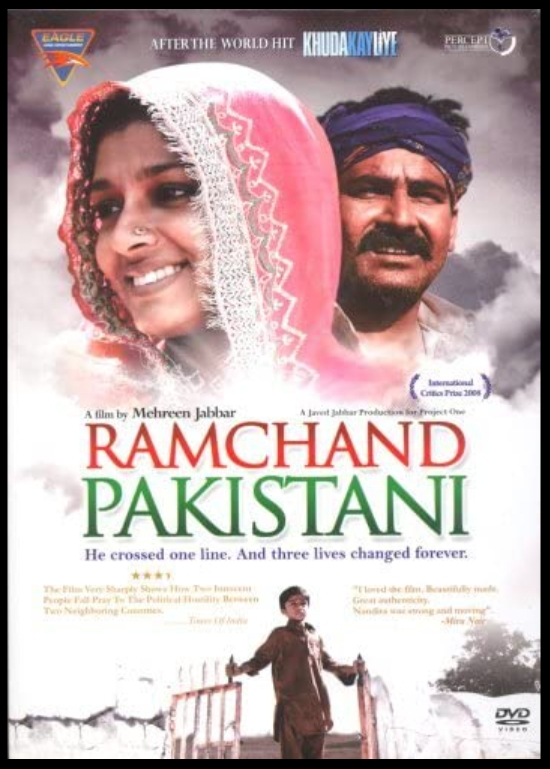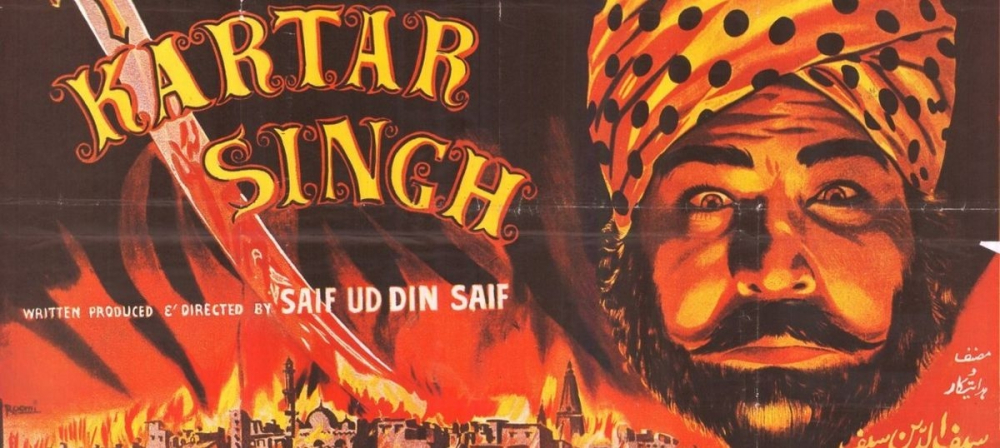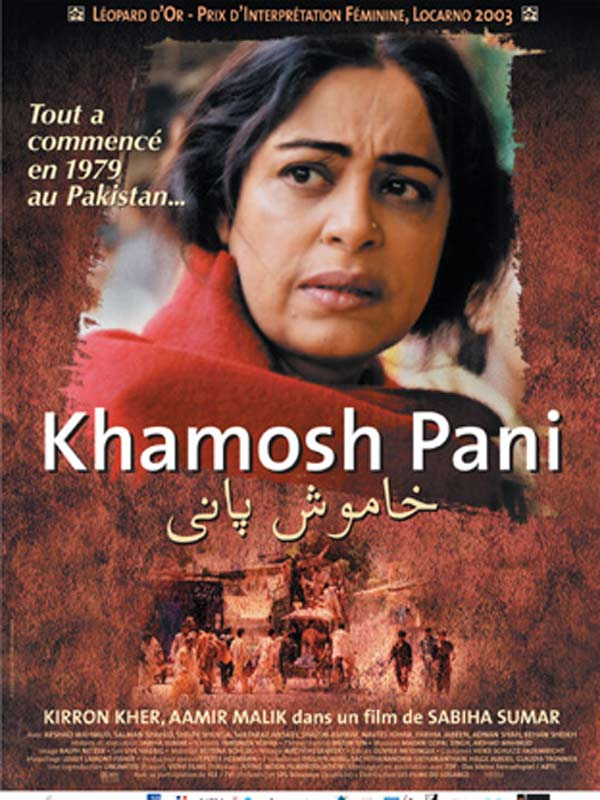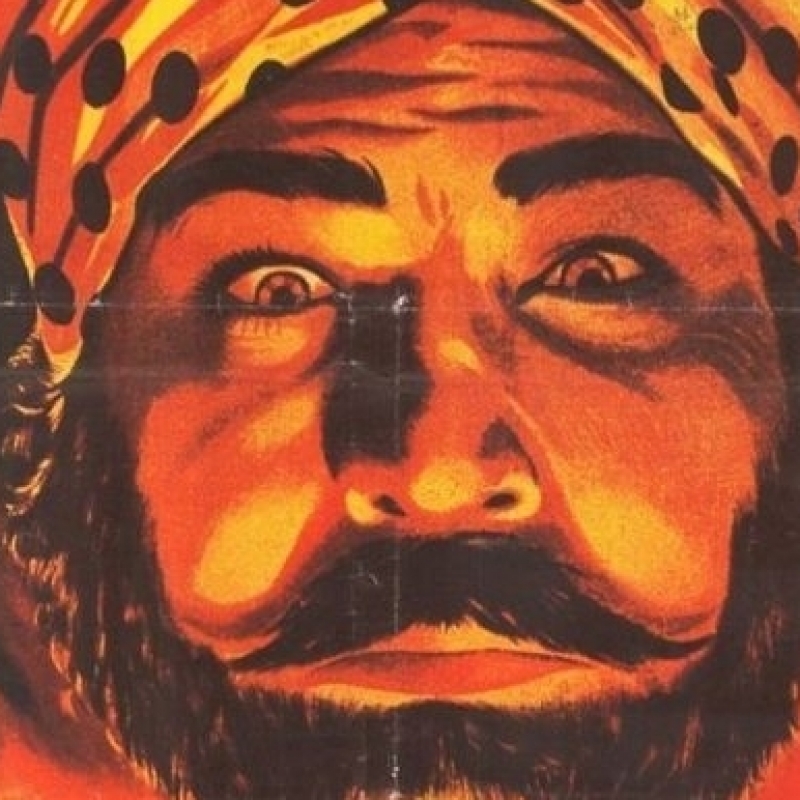The subject of Partition is not easy to portray—irrespective of which side of the Radcliffe Line the film-maker resides. Over the decades, a few Pakistani films have attempted to depict one of the bloodiest chapters of the subcontinent. We analyse three films that are widely regarded as iconic, showing how narratives are becoming more sensitive and humane (In pic: A poster of Kartar Singh; Photo courtesy: IMDB)
‘Riots, rolay (fight), wand (disdained divide), ghadar (destruction),’ are just few of the terms Partition survivors remember the harrowing event by. The stories of those who were uprooted from their land, forced to leave their homes, life and even loved ones behind have occasionally been captured in the arts, in the form of paintings, literature, theatre, short films and cinema.
However, unlike the other forms, the subject of Partition was carefully and sparingly addressed in cinema—both in India and Pakistan. But more so by the latter, primarily for logistical reasons. In 1947, while India had several centres of film-making, such as Bombay, Poona, Calcutta and Madras, Pakistan just had Lahore. Even then, as film-maker Karan Bali wrote for a website,[1] the two major studios in Lahore—owned by Hindus—were razed to the ground during the communal riots. Some professionals, such as writer Saadat Hasan Manto and others, migrated to Pakistan, but most stayed back in India. Limited resources and funds impacted the struggling establishment of the Pakistani film industry. East Pakistan, now Bangladesh, even more so.
Also read | Caste, Region and History: Mahisyas and the ‘Anti-Partition’ Mobilisation in 1932
The wounds from Partition were deep, which would explain why the film industries of both countries took their time to make movies around the subject. In India, the Nargis-Karan Dewan starrer Lahore (1949) was one of the earliest films on events around the Partition. A decade later Saifuddin Saif’s landmark Punjabi film, Kartar Singh (1959), was released in Pakistan. In the following decades, only a handful of films have touched upon the subject—a quick Google search shows a meagre 45,[2] most under a heavy shadow of patriotism, instead of focusing on the suffering that every human faced regardless of their religion and caste. The stereotypes of blaming the ‘other’ existed, as did a show of ‘hate’. However, of late, many in the Pakistani film-making community have been talking about shifting the focus to the shared sufferings and emotions that Partition brought to the common people.


Mehreen Jabbar, renowned director of Ramchand Pakistani, a 2008 film on the relationship between India and Pakistan, believes that the film industries of both countries have never adequately given the real account of Partition. ‘I think the films reflect the government of the day in both countries. A large majority of people are unaware of how complex Partition was. We get stuck in our vision of what it meant and do not want to upset the general public.’[3]
While that may be so, there have been several Pakistani film-makers who have tried to sensitively depict one of the bloodiest chapters of the subcontinent. Of those, three very important ones are: Kartar Singh (1959), Sabiha Sumar’s Khamosh Pani (2003) and Raza Mir’s Lakhon Main Aik (1967).
Also see | Divided by Partition: Baltis of Kargil
Kartar Singh is regarded a gem in Pakistani cinema for its balance and sensitivity. Set in a pre-Partition harmonious eastern Punjabi village where Hindu, Muslim and Sikh families live in harmony, the film does not flinch while showing the horrors of Partition and the riots. The human element comes in the form of Kartar Singh who, despite developing some animosity with a Muslim villager, tries to unite him with his sibling, but ends up getting shot.
Watch the short film Home1947:Zameen
While Lakhon Main Aik is set in 1967, the events of 1947 play a fundamental role in the doomed love story of an abandoned Hindu girl, raised in Pakistan after her father goes missing, and a Muslim boy. Things change once her father re-enters her life. Written by Zia Sarhadi, a leftist who made social-realist films like Hum Log (1951) and Footpath (1953) in India before moving to Pakistan, the film is highly regarded for its sensitive treatment of human emotions. In Pakistan, the lone criticism for the film was its subplot, wherein the young girl’s taking a bullet to save her Muslim lover was seen as insinuating ‘redemption’. Made after the 1965 Indo-Pak war, when sentiments against the neighbouring country was high, the treatment of the film in not entirely vilifying the Hindu protagonists was seen as being more sympathetic to India than Pakistan. So much so, that Noor Jehan’s controversial bhajan in the film, ‘Man mandir ke devta’ was banned on radio in Pakistan, ironically adding to its popularity.

Sabiha Sumar’s Khamosh Pani is yet another stellar movie. Although set in Zia-ul-Haq’s Pakistan of 1979, when Islamic fundamentalism was rising, the film is wrought with Partition ghosts of 1947. Ayesha (Kirron Kher) survives her Sikh family’s insistence to jump into the well to save her virtue from Muslim mobs, only to be later shunned by her son—an extremist—and choosing to jump into a well rather than face his barbs once he finds out about her identity.
A similar storyline is followed in Chandraprakash Dwivedi’s 2003 adaptation of Amrita Pritam’s novel Pinjar, about Puro, a Sikh girl who was abducted, kept, converted to Islam. Changing her identity to Hamida, she marries a Muslim man, Rashid, amid the chaos of Partition.
Also read | A Sloppy Surgery: How Cyril Radcliffe Carved the Indian Subcontinent
Interestingly, more than cinema, Pakistani theatre has adapted and showcased many productions around the theme of Partition, doing much greater justice to the grief, anger and sense of displacement that came with it. Ajoka Theatre’s adaptation of Manto’s Toba Tek Singh is one such example. TV serials and short films have also been more open to delving into the stories of those who were displaced and scarred by Partition, much more than the mainstream film industries. One such example is HOME1947, a series of seven short films by Sharmeen Obaid-Chinnoy. The production narrates Partition stories through the perspective of the people who lived through the event and bear the wounds on their souls—their memories of life before Partition, missing the places and people they left behind. Zameen, a migrant from India to Pakistan, remembers the house he left behind, a woman recounts leaving her friend when she migrated at 17, and how they managed to communicate in the years to come. In ‘Midnight Fury’, a man remembers his mother being murdered by goons. The touching and simple narration includes him remembering the very details of what his mother was wearing when he saw her murdered right in front of his eyes.

The subject of Partition is not easy to portray—irrespective of which side of the Radcliffe Line the film-maker resides. And while modern directors consciously and conflictingly work towards achieving an objective rendering, there is a sincere pursuit of a sensitive and humane approach that is already visible in the current narratives.
This article was also published in The Hindustan Times.
Notes
[1] Karan Bali, ‘Pakistani Cinema Had Its Own Way of Looking at Partition Too’, The Wire, August 13, 2017. Accessed August 13, 2020, https://thewire.in/film/partition-films-made-in-pakistan.
[2] Category: Films set in the partition of India. Accessed August 13, 2020, https://en.wikipedia.org/wiki/Category:Films_set_in_the_partition_of_India.
[3] Burhan Wazir, ‘How Indian and Pakistani filmmakers wrestled with the ghosts of Partition’, Prospect Magazine, July 31, 2017. Accessed August 13, 2020, https://www.prospectmagazine.co.uk/arts-and-books/70-years-on-how-have-indian-and-pakistani-filmmakers-wrestled-with-the-ghosts-of-partition.












